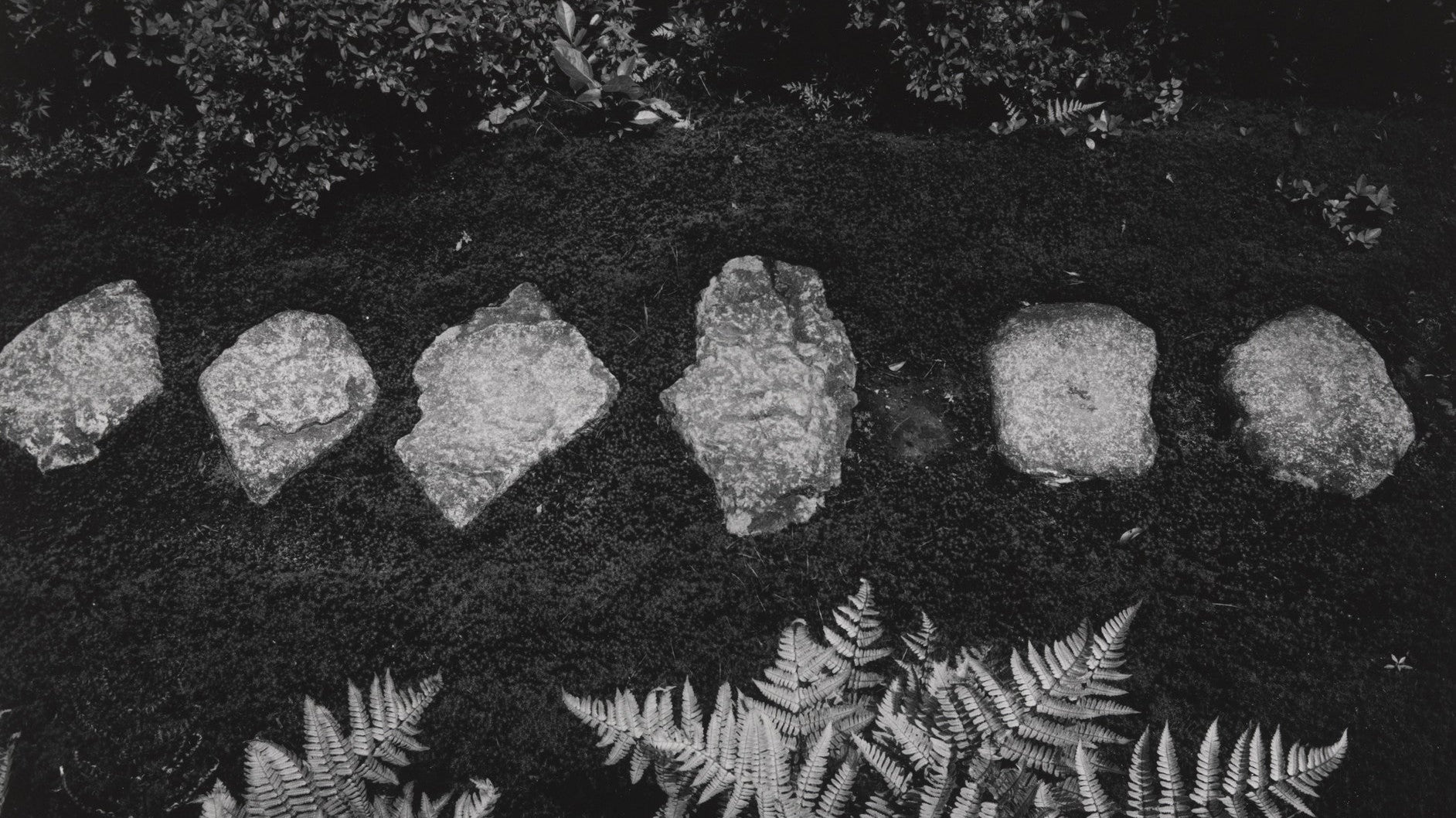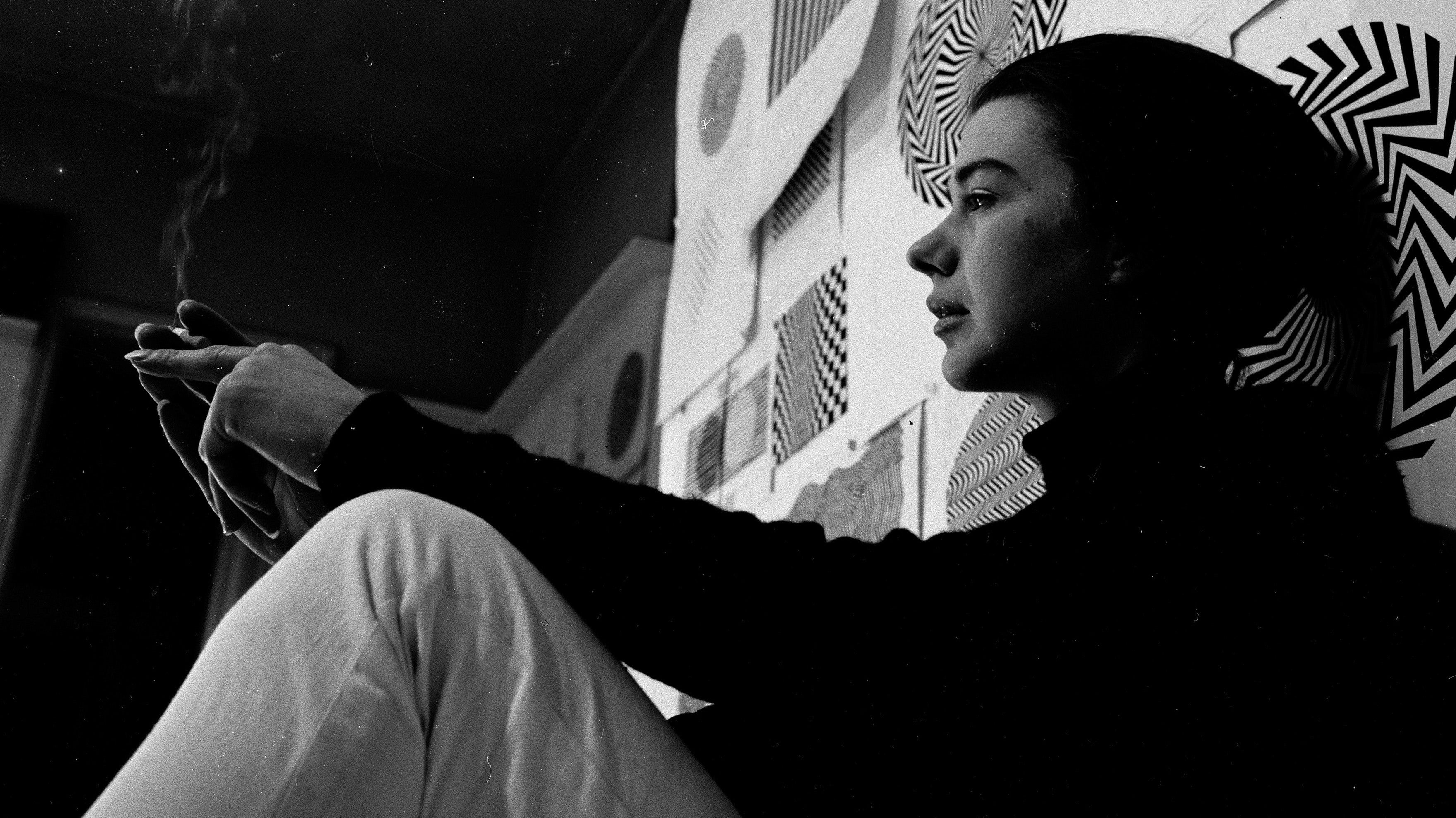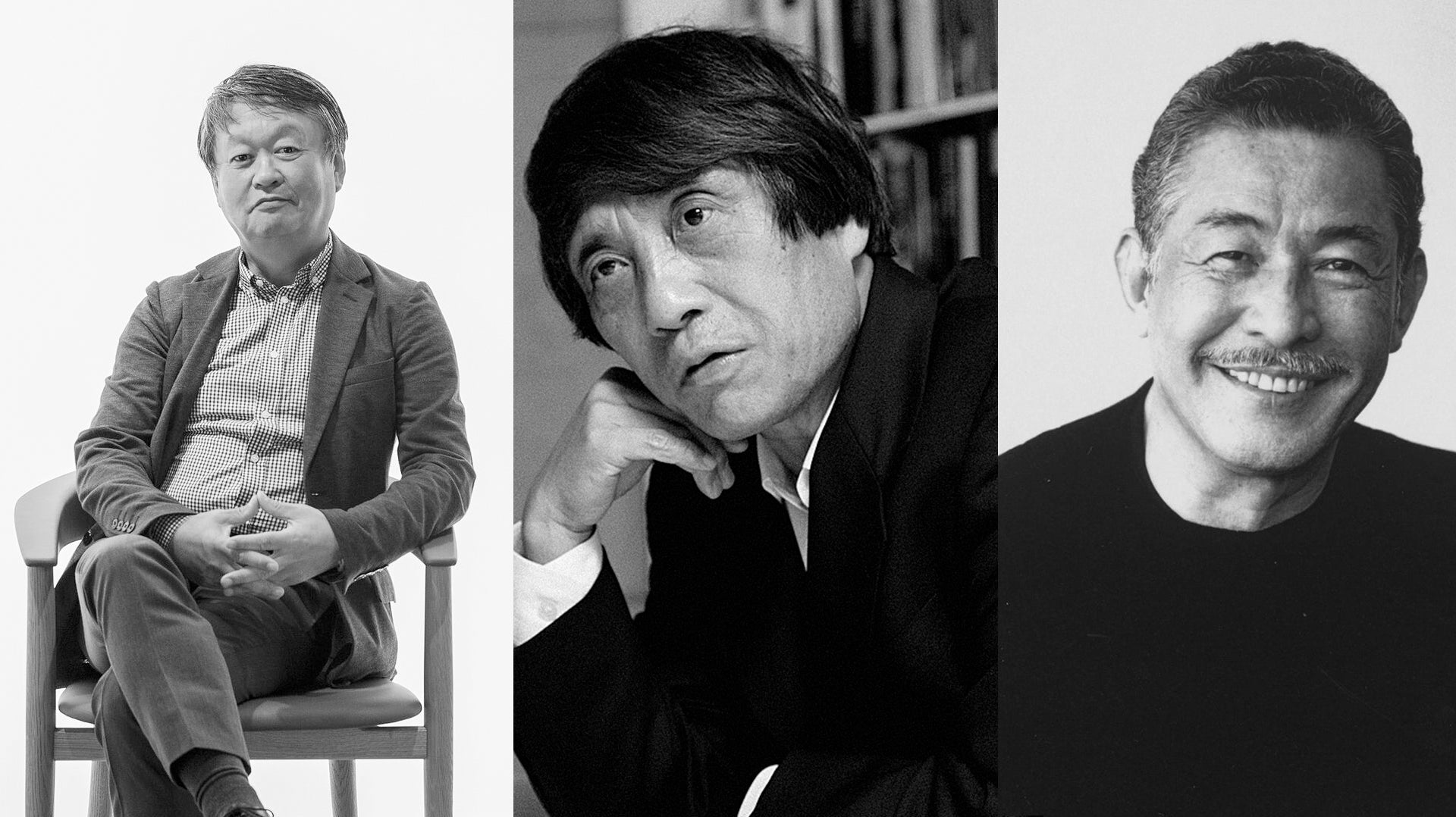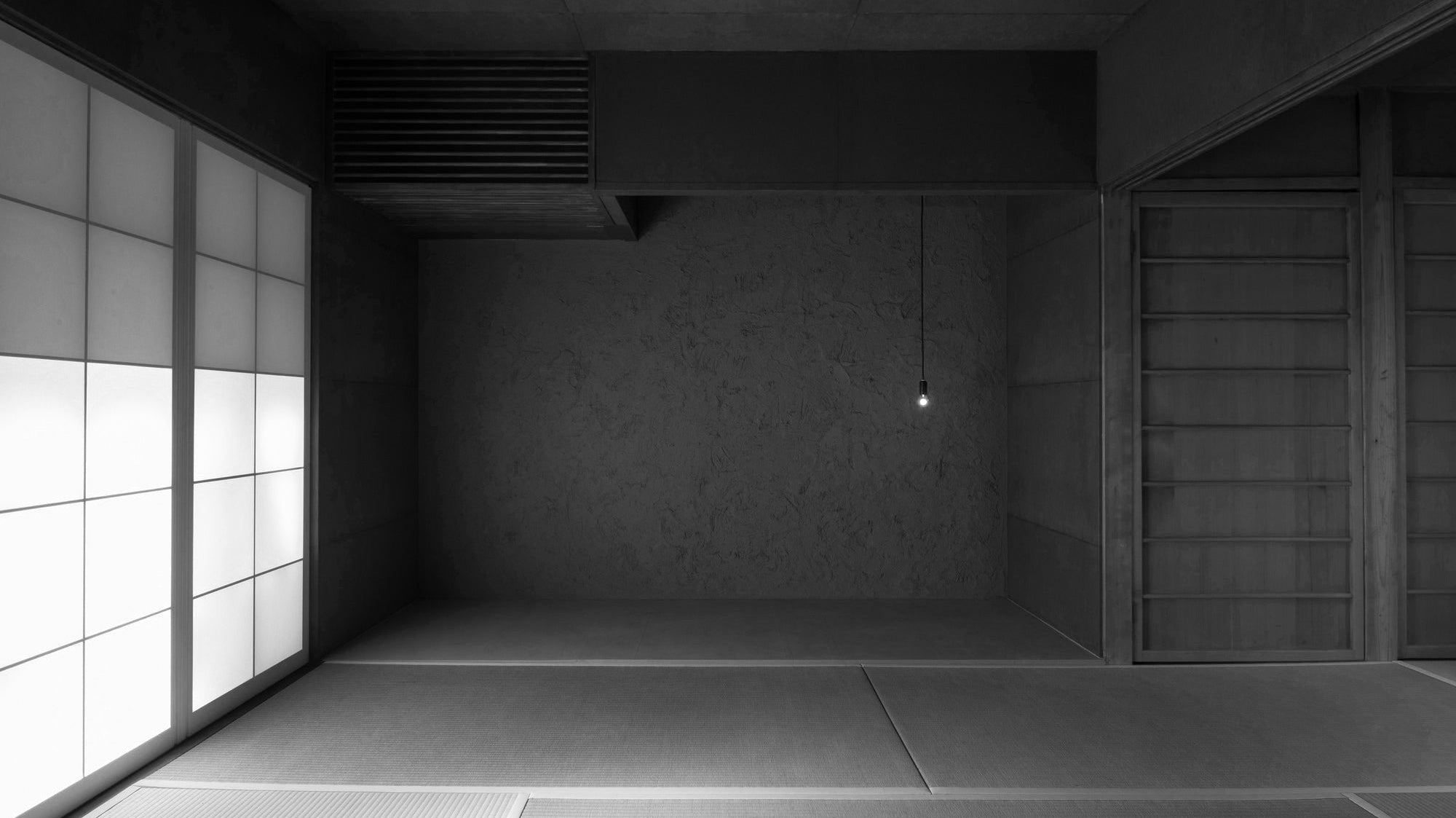(Indigo Dyeing Techniques for Modern Art and Design - dans le gris)
(Indigo Dyeing Techniques for Modern Art and Design - dans le gris)
What is Indigo Dyeing?
Indigo dyeing is a traditional dyeing process that has been practiced for thousands of years in various regions of the world. The indigo dyeing process utilizes a natural pigment obtained from the leaves of the indigo plant, resulting in a beautiful, deep blue color that is unique and unmatched by synthetic dyes.
The rich and beautiful color that falls between blue and violet in fabrics is derived from a dye obtained from the Indigofera tinctoria plant and its relatives, which is why it is commonly referred to as indigo. The use of indigo dyeing has extended to a diverse range of textiles, including clothing, quilts, and home decor pieces. Even today, indigo dyeing remains a beloved craft, revered both as a traditional technique and as a contemporary art form.
(Indigo Dyeing Techniques for Modern Art and Design - dans le gris)
Origins and Sources of Indigo Dyeing
Indigo is a natural dye derived from the leaves of certain plants in the Indigofera family. The primary plant used to obtain natural indigo is Indigofera tinctoria, although several other plants can be used to extract indigo dye. These include members of the buckwheat family, Lonchocarpus cyanescens found in Africa, Indonesian Marsdenia, and woad. Indigofera plants, known for producing indigo dye, were grown and utilized globally, especially in Asia, where they played a crucial role as an important crop. The production of indigo dye was economically significant, given the rarity of other blue dyes in history. This unique dye can be applied to various natural fibers, including cotton, flax, and hemp, resulting in a spectrum of unique blue shades ranging from light to dark and condensed.
(Indigo Dyeing Techniques for Modern Art and Design - dans le gris)
A Brief History of Indigo Dyeing
Indigo dyeing has a rich history dating back to ancient times, with evidence of its use found in various regions of the world. The oldest known indigo-dyed fabrics, dating back approximately 6,000 years, were discovered in Peru. In ancient Egypt, indigo dyeing was a highly valued skill. The indigo plant was used to dye linen, which, in turn, was used for burial shrouds and clothing for the elite. The process of indigo dyeing was complex and required great skill, as the dye had to be carefully extracted from the plants and applied to the textiles to achieve a consistent color.
In ancient India, indigo was an important crop, and the dye was used to color cotton, silk, and wool. This valuable commodity played an integral role in the Indian economy and was traded extensively throughout the ancient world. The pinnacle of the indigo trade was reached during the Mughal period (1526-1857), when indigo dyeing evolved into a major industry in India. The Greeks and Romans also sourced their indigo dye from India and considered it a luxury commodity.
During the Edo period in Japan (1603-1868), indigo dyeing gained popularity. Only the higher social classes were allowed to wear brighter colors during this time, with silk reserved for their use. The lower classes were restricted to cotton clothing, making aizome and cotton a popular combination. Indigo dyeing was appreciated not just for its vibrant color but also for its ability to repel insects and bacteria. By the 17th century, it had gained widespread recognition for these qualities."
Nowadays, there is a revival of interest in indigo dyeing, with artisans and designers rediscovering the beauty and versatility of this ancient dye. Indigo dyeing has been a popular choice for dyeing textiles and creating prints for centuries; it is one of the oldest dyes used for these purposes. Since its discovery, indigo dyeing has been widely practiced in many countries, including Japan, India, Taiwan, Mesopotamia, Egypt, Iran, and Africa.
(Indigo Dyeing Techniques for Modern Art and Design - dans le gris)
Indigo Dyeing in Culture and Tradition
In some cultures, indigo dyeing techniques are considered sacred and used in religious ceremonies or as a symbol of social status. For instance, indigo dyeing holds a profound cultural and historical importance in West Africa, symbolizing wealth, status, and power. These textiles feature intricate patterns and designs that represent certain tribes or regions. They are also used in spiritual and ritual practices, such as in the creation of talismans or protective amulets.
In Japan, indigo dyeing has been highly valued and is closely associated with the traditional art. Specifically the dyeing technique known as "aizome." Aizumi and Mima are two famed towns in Tokushima prefecture of the Shikoku region with a thriving 300-year-old history as the flourishing centre of Indigo dyeing. Indigo was considered a high-quality and precious dye, and the deep blue color symbolizes clarity, tranquility and purity. In Japanese culture, indigo dyeing techniques also hold spiritual significance, and they are believed to have protective and healing properties. Because of Indigo farmers realized that their hands looked young and calm after working with the plant, and this led to the discovery of its soothing and restorative capability.
Indigo, which originated in India, was processed into dye paste that was dried into cakes for easy transportation and trade. These indigo cakes became a popular commodity on the trans-Saharan trade route to the Mediterranean, where Greeks and Romans valued them even more than gold. The Indian fabrics dyed with these intense color cakes displayed a vibrant, steadfast color and richness of texture that was unmatched. However, Indigo dyeing has been used in India for a variety of purposes, including bedding, clothing, and decorative textiles. Indigo dyeing has a longstanding history in India, and is still used today in the production of traditional textiles, such as saris, turbans, and dupattas. Furthermore, indigo dyeing was used in India to create beautiful and intricate textiles for export to other countries.
(Indigo Dyeing Techniques for Modern Art and Design - dans le gris)
Indigo Dyeing: Modern Techniques, Innovations, and Inspiration
In the present day, indigo dyeing remains a source of inspiration for creative minds, who are constantly exploring novel and inventive applications of this ancient dyeing technique. Artists all over the world are using indigo pigment in their work to explore and reflect on themes related to nature and indigenous knowledge. Additionally, designers are incorporating indigo dyeing techniques into modern fashion, using traditional methods to create unique and innovative designs.
(Indigo Dyeing Techniques for Modern Art and Design - dans le gris)

Shihoko Fukumoto, Flow, 2007. Image courtesy of Katie Jones - Japanese Art.
(Indigo Dyeing Techniques for Modern Art and Design - dans le gris)
Shihoko Fukumoto is considered one of the world's most exceptional indigo-dye textile artists. She embarked on her indigo dyeing career in the 1970s, and it is her creative use of materials that sets her apart. From linen and hemp to pineapple fiber and even loosely woven mosquito netting, Shihoko skillfully incorporates these diverse materials into her designs, showcasing a unique and individual style. By integrating new techniques and perspectives into the traditional art of indigo dyeing, Shihoko has revitalized this folk custom, giving it new life.
(Indigo Dyeing Techniques for Modern Art and Design - dans le gris)

Kanji Hama demonstrating indigo dyeing by hand using the traditional katazome technique. Image courtesy of Designboom.
(Indigo Dyeing Techniques for Modern Art and Design - dans le gris)
Kanji Hama, born in 1950, is one of the last Japanese artisans who practices indigo dyeing by hand using the katazome technique. He has devoted his life to preserving the traditional Japanese craft of katazome, which involves stencil-printing indigo-dyed kimonos according to the manner and style of the Edo period. Hama's work is a testament to the beauty and intricacy of this ancient craft, and his dedication ensures that it will not be lost to time.
(Indigo Dyeing Techniques for Modern Art and Design - dans le gris)

Sustainable indigo-dyed wood products by Aola. Image courtesy of Master Craftsmanship.
(Indigo Dyeing Techniques for Modern Art and Design - dans le gris)
Indigo dyeing techniques are not only applied to textiles, but also to other products. Aola is home to generations of skilled artisans who specialize in indigo-dyed crafts and woodwork. Located in Japan's biggest production area of the local indigo plant, Aola has developed techniques for applying indigo grains to a variety of products to create perfect crafts.
(Indigo Dyeing Techniques for Modern Art and Design - dans le gris)

Indigo-dyed designs by Aboubakar Fofana. Image courtesy of Aboubakar Fofana.
(Indigo Dyeing Techniques for Modern Art and Design - dans le gris)
Aboubakar Fofana is a multidisciplinary artist and designer whose working mediums include calligraphy, textiles and natural dyes. He is known for his work in reinvigorating and redefining West African indigo dyeing techniques, and much of his focus is devoted to the preservation and reinterpretation of traditional West African textile and natural dyeing techniques and materials.
(Indigo Dyeing Techniques for Modern Art and Design - dans le gris)

Image courtesy of Ricketts Indigo, Connecting Contemporary Art to Human Tradition.
(Indigo Dyeing Techniques for Modern Art and Design - dans le gris)
Chinami and Rowland Ricketts are resurrecting traditional farming methods that have stood the test of time to restore the art of indigo dyeing in America and transform textiles into lively works of art for the home. They have been cultivating and processing organic indigo, using time-honored methods to dye with it at their residence in Bloomington, Indiana.
(Indigo Dyeing Techniques for Modern Art and Design - dans le gris)
Read More Art Articles:
• Kintsugi: Finding Beauty in the Art of Repair
• Ikebana: The Art of Japanese Flower Arrangements
• What is Wabi Sabi? Embracing the Beauty of Imperfection
• Noh Masks: The Hidden Stories of Japanese Theatre Masks
(Indigo Dyeing Techniques for Modern Art and Design - dans le gris)
About Us
Dans Le Gris is a brand that began with everyday jewelry, with each handmade piece designed and crafted in Taiwan. We deeply value every detail, dedicating ourselves to creating timeless pieces through collaboration with experienced craftsmen.
In our journal, we provide irregular updates featuring articles about art, culture, and design. Our curated content encompasses diverse aspects of life, with the aspiration to offer meaningful insights and inspiration.






